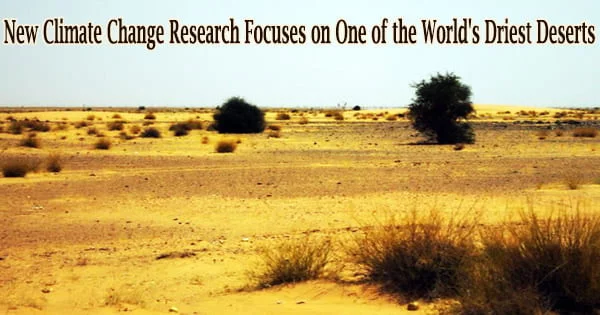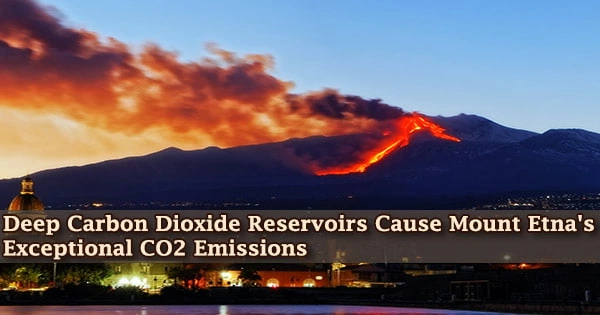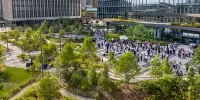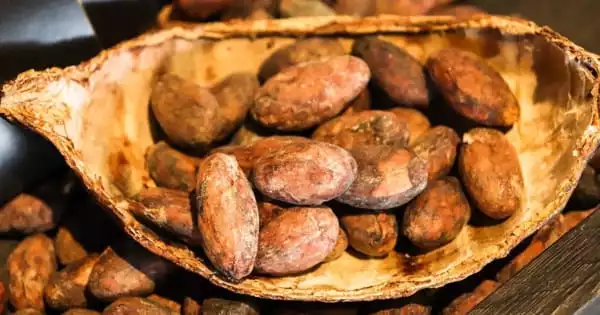Carbon, one of the essential components of all life on Earth, is continually exchanged between living things and the environment. New research on this cycle, led by Heather Throop of Arizona State University (ASU), and just published in the journal Plant and Soil, explores how it functions in one of the driest regions on Earth.
As much carbon should be removed from the atmosphere each year as should be released back by natural processes, but humans are disrupting this balance by adding more carbon dioxide to the atmosphere through changing land use, which releases carbon held in soils, and by burning fossil fuels.
Throop and a group of university students from Namibia conducted field research in the Namib Desert, one of the driest places on earth, which stretches for more than 1,200 miles along the Atlantic coasts of Angola, Namibia, and South Africa. Their goal was to understand what regulates the release of carbon dioxide from soils in deserts.
After doing their research, Throop and her team came to the conclusion that even little variations in erosion and surface topography have a significant impact on the soil’s microbes, which in turn affect carbon cycling. They discovered evidence of life influencing carbon cycling even in the driest areas.
“The amount of carbon dioxide in the atmosphere affects our climate, so understanding what affects the release of carbon from soils is important in predicting how climate will change in the future,” says Throop, who is an associate professor in the School of Earth and Space Exploration and the School of Life Sciences.
The research team settled on six areas with various annual rainfall for their investigations. They conducted 48-hour sampling campaigns at each site, working nonstop day and night to gather data.
The ability of technology to record soil carbon was outstanding. What I treasure the most from the experience is what it means to work on an interdisciplinary team and the unexplainable satisfaction of being close to nature.
Vimbai Marufu
The researchers examined the vegetation and landscape structure at each location before choosing representative areas for sampling. To find out how carbon cycling changed as soils dried following the simulated rain, the researchers first simulated rainfall and measured carbon dioxide leakage from soils using gas analyzers.
“It’s really an incredible amount of data to collect manually,” says Throop. “And having a crew of dedicated and enthusiastic students made this work possible. Often for remote field work like this we just get a snapshot of what is happening at one or two sites or at a few points in time. It was exciting to be able to collect the data continuously for a few days and at six different sites.”
Students from the University of Namibia and the Namibia University of Science and Technology took part in this study. Each of them was taking part in the Summer Drylands Program, a rigorous research program where students have to organize, carry out, and report on an experiment in a short amount of time.
“The ability of technology to record soil carbon was outstanding,” says co-author and student researcher Vimbai Marufu, who is now in graduate school at the Namibia University of Science and Technology. “What I treasure the most from the experience is what it means to work on an interdisciplinary team and the unexplainable satisfaction of being close to nature.”
And with a recent grant from the National Science Foundation to ASU, there are plans to carry out more fieldwork in the Namib Desert. Alongside the help of this grant, American students will be able to work with Namibian experts to undertake study in the Namib Desert.
“We hope to use this work to help us in understanding how deserts respond to a changing climate,” says Throop. “How biological processes function in the extreme dry of the Namib Desert will gives us clues about how relatively wet deserts will behave under drier conditions.”
















